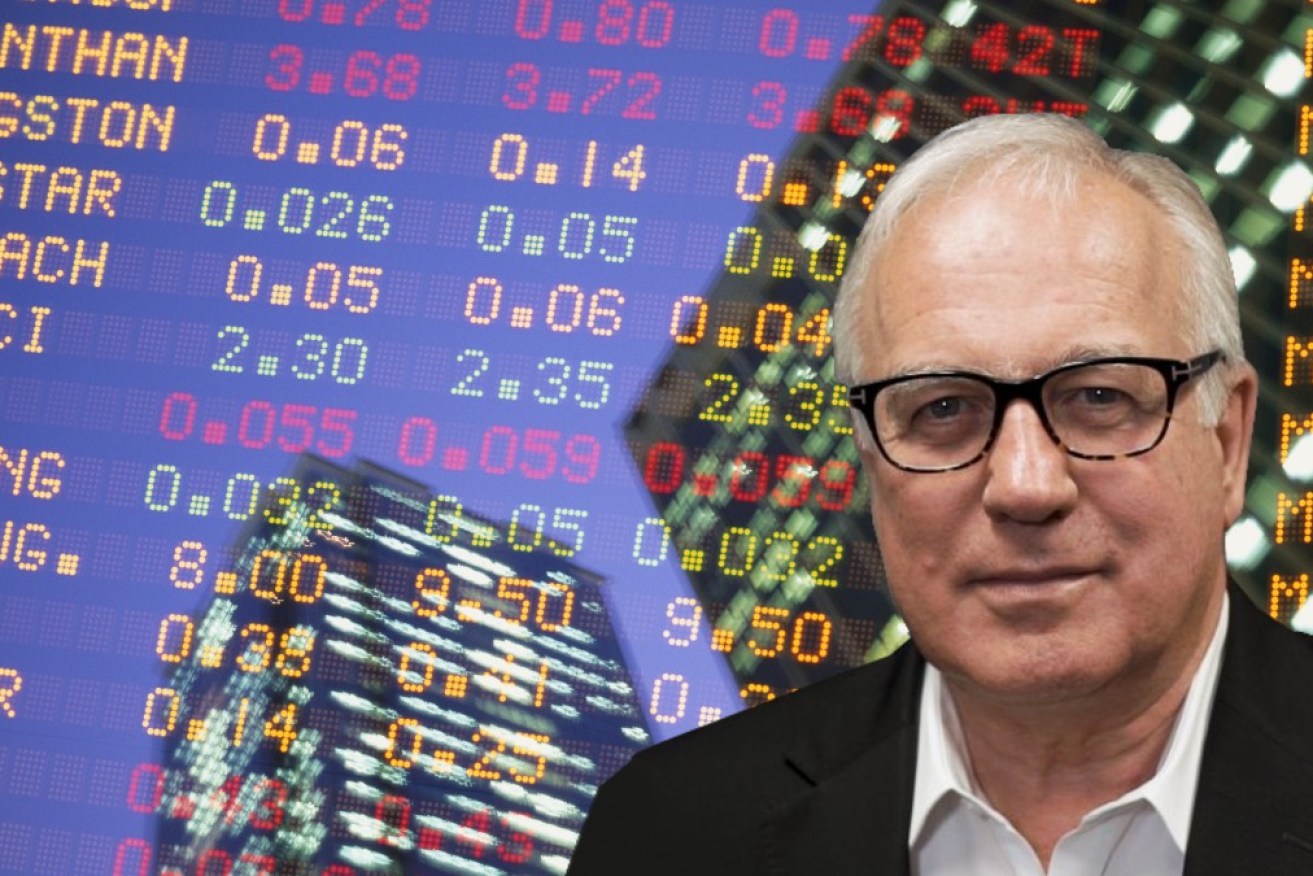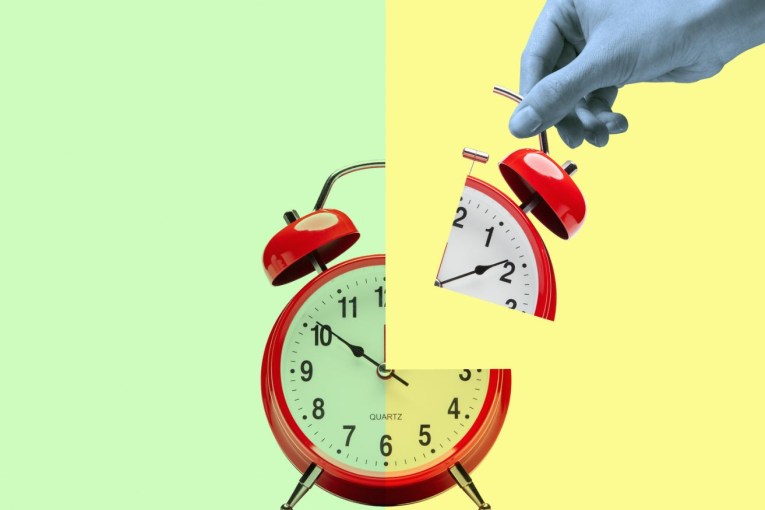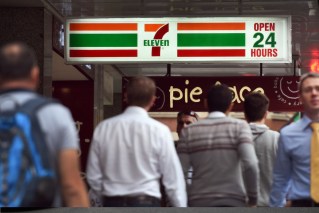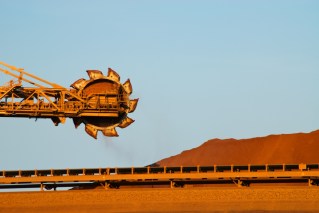Alan Kohler: Financial markets are jumping at inflation ghosts – or are they?


Alan Kohler tracks what's scaring financial markets here and in the US. Photo: TND
Its name is bond, US bond, and it’s shaken, not stirred.
Last week, financial markets had a mild spasm because the US 10-year bond yield hit 1.5 per cent, although the response may have been overdone.
The sharemarket dropped 2.4 per cent on Friday, prompting headline writers to reach for the 72pt, including this effort in the Financial Review: “Bond yields take wrecking ball to equity markets”.
Investment nerves are on edge because interest rates are worryingly microscopic and the global pandemic has coincided with a hair-raising American sharemarket boom.
Many call it a bubble, a word that is usually followed by the word crash.
But what is a bond yield anyway?
It’s the interest rate calculated by applying the “coupon” rate of a bond to its market price.
A bond is simply an IOU with a fixed term and an interest rate. In the old days they were printed on paper, and you collected the interest by actually tearing off a coupon along the dotted line and taking it to the bank.
If a $100 bond has a coupon rate of 5 per cent, or $5, per year, and its price rises to $110 on the bond market, then that $5 is suddenly only 4.55 per cent of what the bond now costs – so the bond yield has fallen because of the rise in price. If the bond’s price falls to $90, then the $5 is now 5.55 per cent of the new price, so the yield has risen.
By the way, we focus on the US 10-year government bond yield because it’s the most important interest rate in the world: The US dollar is the global reserve currency and America is the headquarters of capitalism.
What happened last week was that the price of a 10-year government bond in America fell so that the yield, or market interest rate, rose from 1.34 per cent to 1.54 per cent.
But wait a minute … that’s not much! What’s the big deal?
Well, bond investors lead sheltered lives and don’t like it when their prices jump around, especially downwards.
A move of only a few percentage points of yield has them running around with their hair on fire, which tends to make everybody upset.
So the sharemarket’s hair got some flying embers last week as well.
In February-March last year, the sharemarket fell 34 per cent after Italy abruptly quarantined 10 northern towns, signalling to the world that this pandemic was serious.
At the same time, bond prices went up just as rapidly, because investors wanted somewhere safe for their money and an American government guarantee is as safe as it gets.
As the price of that guarantee rose with the excess demand, the US 10-year yield fell from 1.5 per cent to 0.5 per cent – a massive lurch.
Now the yield has finally returned to 1.5 per cent, which is to say it’s back to where it was before the pandemic began, while the US sharemarket has shot past its previous high last August and is now 12.5 per cent above it.
Share investors are chronic optimists, it goes with the territory, while bond investors are equally chronic pessimists.
On the sharemarket they even shell out hard-earned money for businesses that lose money, such as $34 billion for Afterpay and $115 billion for Uber, neither of which has troubled the scorers yet.

RBA governor Philip Lowe is taking on the bond markets to keep rates down.
But bond and share investors are agreed that their greatest risk is inflation: The former because they fear rising prices will eat the value of their returns, and the latter because they fear central banks will stop bailing them out with super low interest rates and money printing.
Investors always try to anticipate the future, in fact investing is only about the future, but in my view the fear of inflation is unwarranted – it’s a ghost.
For a start, the Reserve Bank of Australia, along with every other central bank, has been trying to get inflation above 2 per cent for years and can’t, and even if it did achieve their stated aim of 2 to 3 per cent inflation, that would be a cause for quiet celebration, not anxiety.
There are also deeper, more structural deflationary forces at work.
Debt is deflationary, and there’s more of it now than there’s ever been.
Technology and digitisation are deflationary, and the revolution has just begun.
Globalisation is deflationary, and while Donald Trump reversed it for a while with his trade war with China, globalisation has not peaked.
Inequality is deflationary because rich people don’t spend as much as poor people on things that are in the consumer price index, and inequality is worsening.
And most of all, especially in Australia, the ruling corporate classes have been engaged in a 25-year project to destroy the bargaining power of employees and their unions through legislation, which has worked.
The profit share of the economy has soared, while the wages share has collapsed.
The RBA now wants to get wages up in order to get inflation up, but it’s fighting a Coalition government that now proposes a new industrial relations omnibus bill that will further erode the bargaining power of workers and lead to more casualisation and contracting out.
Against all that, economic recoveries always cause prices to rise, and we’ve definitely got one of those at the moment.
Will it be enough to overcome those deflationary forces this time, and cause inflation finally to rise?
Probably, eventually, but not for quite a while.
In the meantime, financial markets will be anxiously anticipating it, and life will be punctuated by regular fire alarms, and the occasional fire.
Alan Kohler writes for The New Daily twice a week. He is editor in chief of Eureka Report and finance presenter on ABC News.








